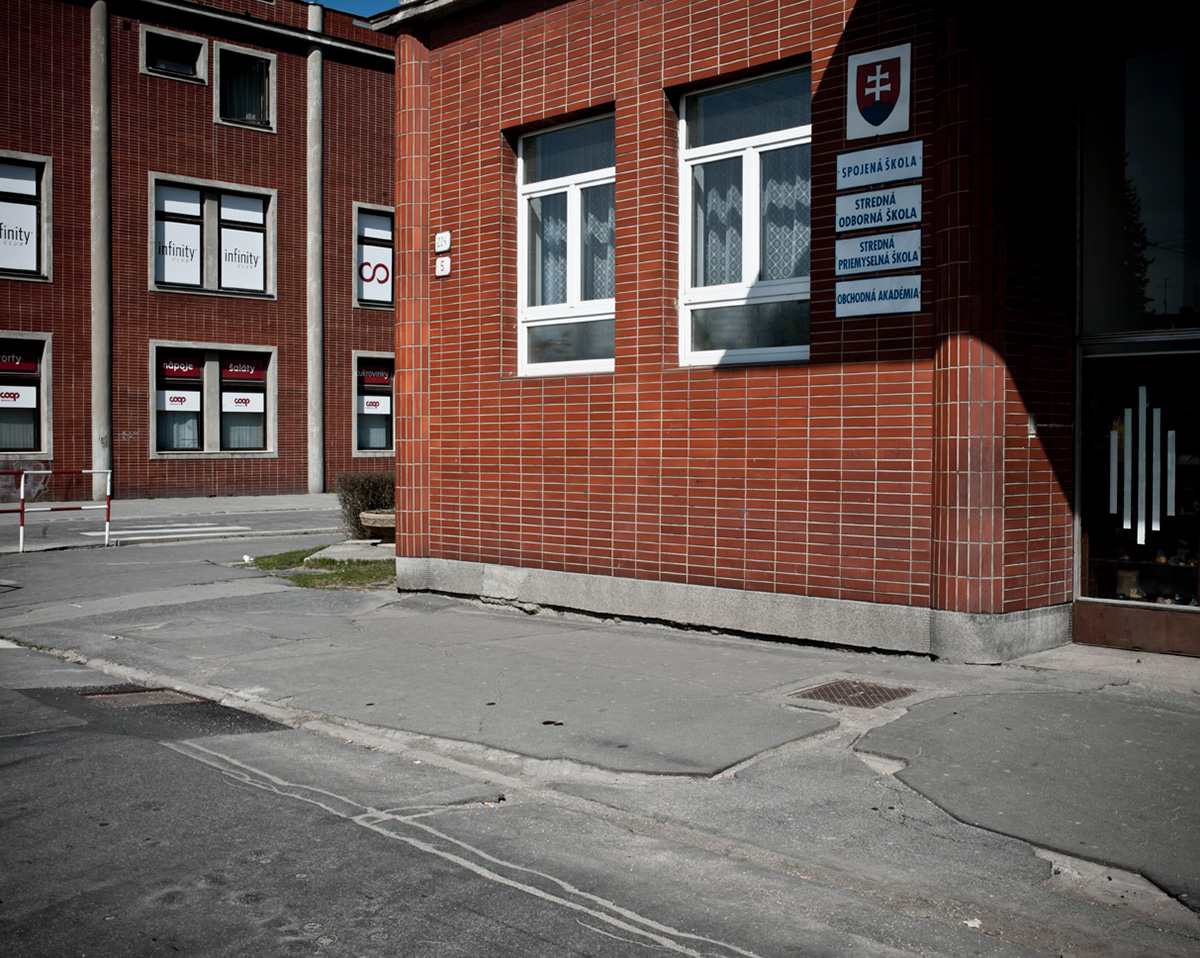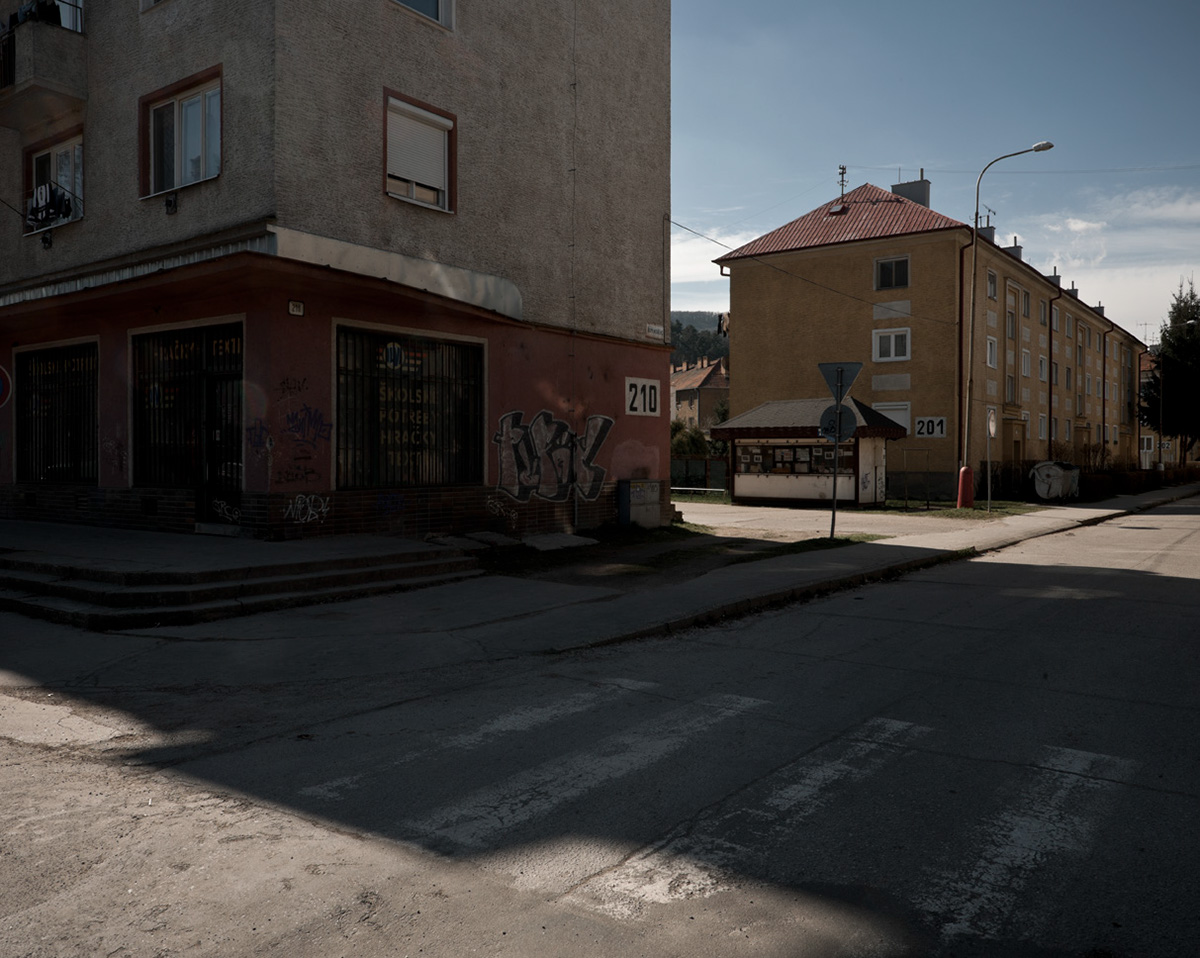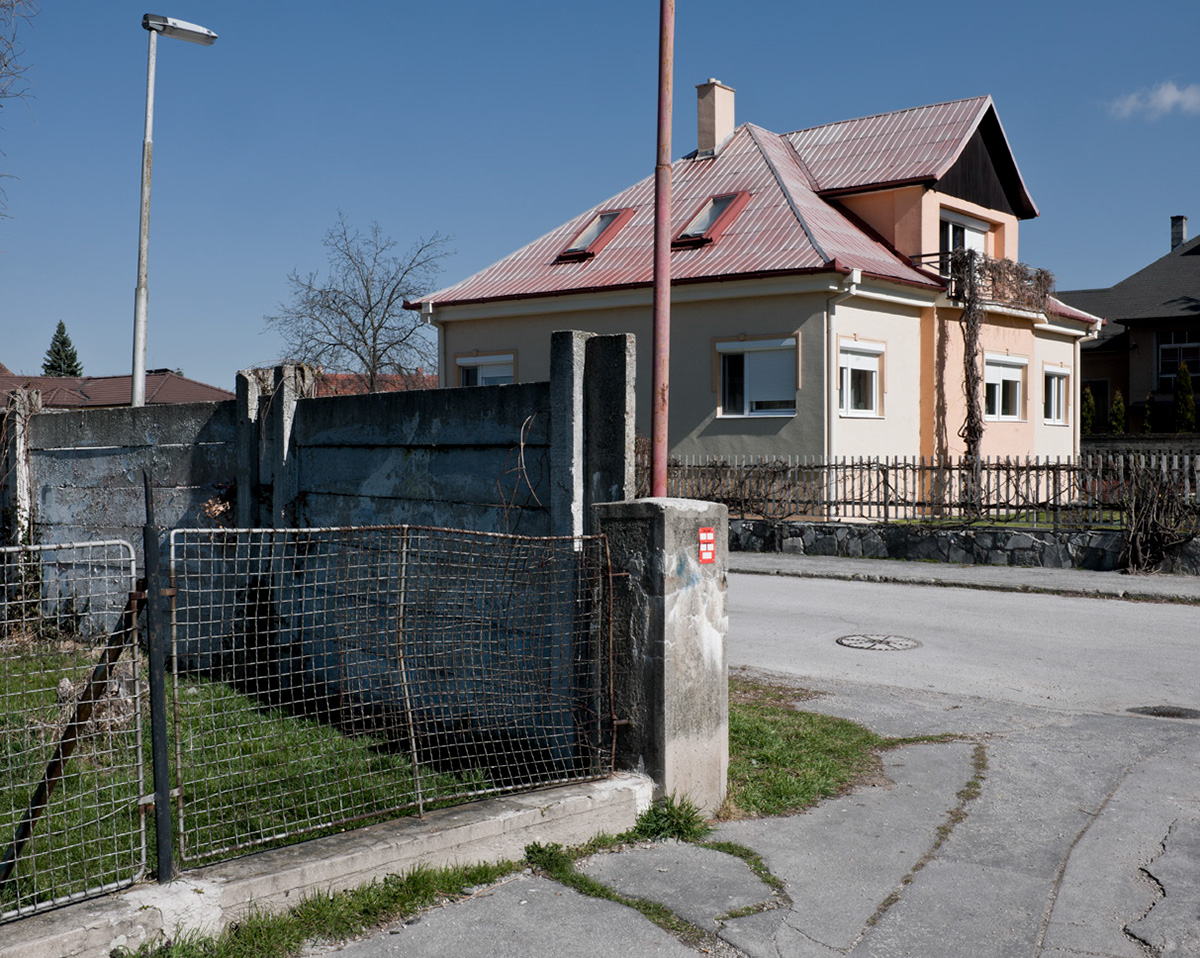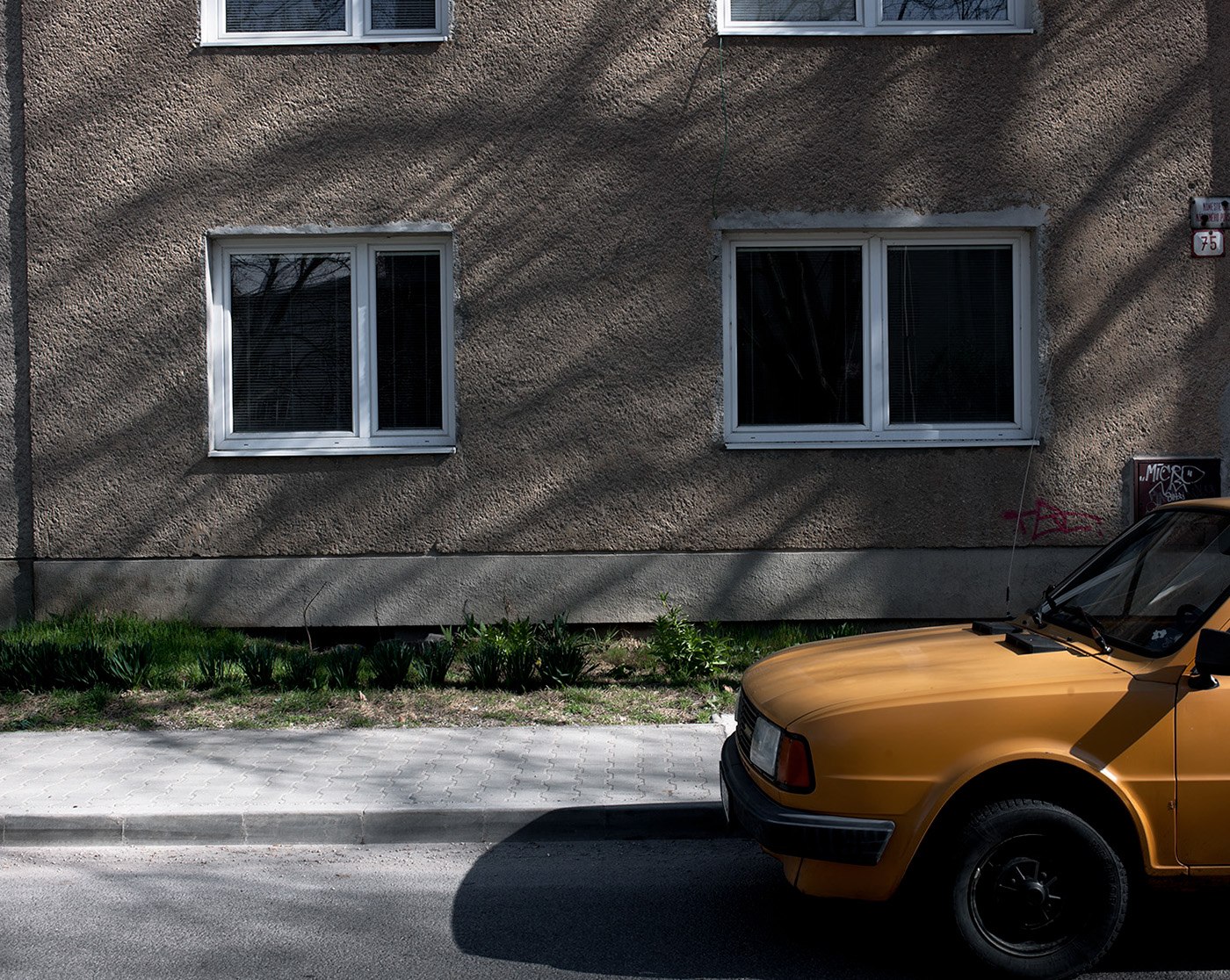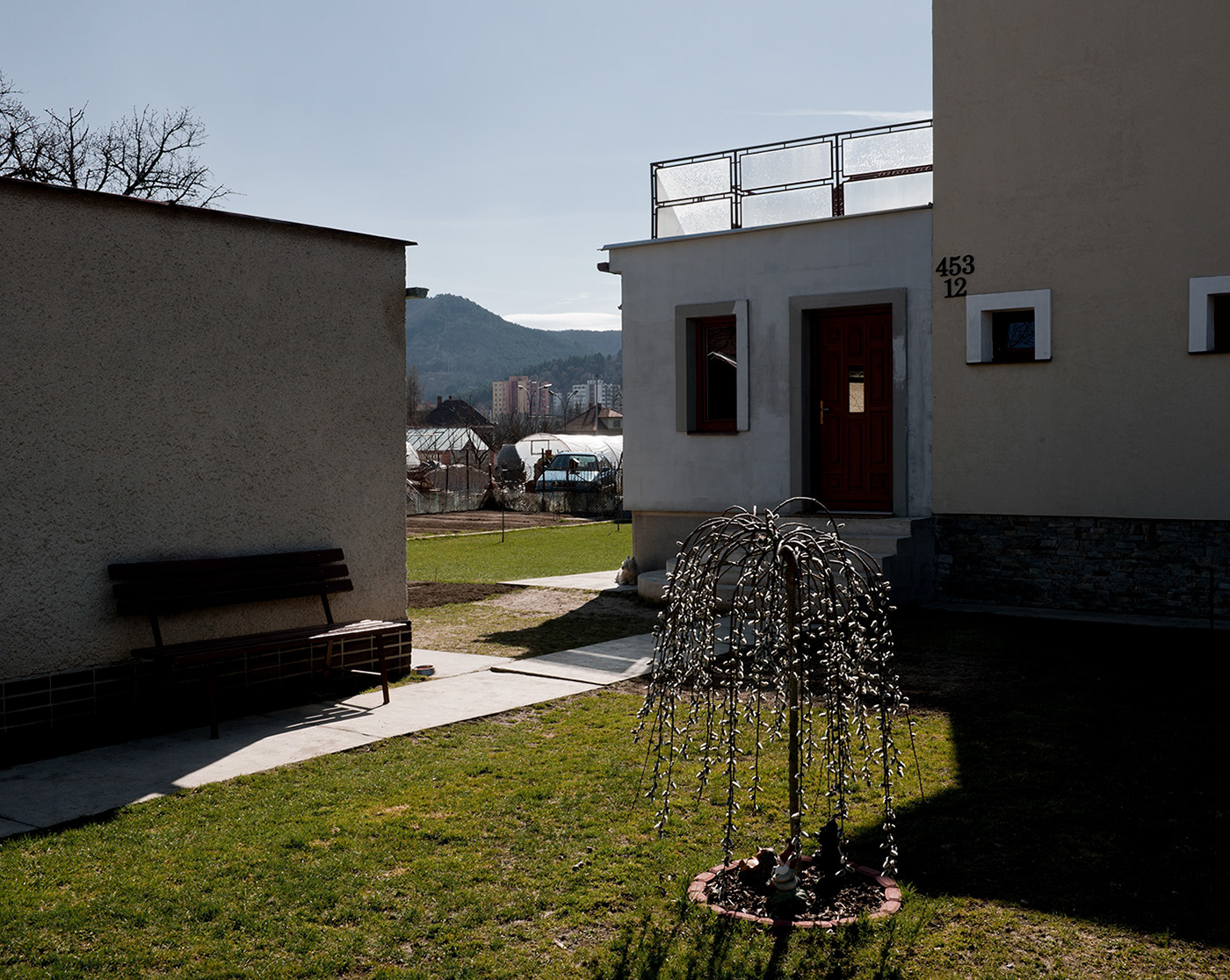Hanna Arendt suggested that artistic creation
produces something that must last for a long time.
This means that the materials that sculptures and buildings
are made of must grow old.
COMPANY TOWN
The richness of the European city lies in its stratification, in the fact that what we live in today is a territory shaped by the past.
We have been given the privilege of living inside a physical territory of memory.
There are cities that have attempted to live without stratification. They came about as autonomous, independent expressions of an ideology that has transcended the work of architects and urban planners, who must yield to the physical reflexes of human powers and weaknesses.
Even if they have been expressions of different ideologies in different contexts and at different times, these cities – such as Zlin in the Czech Republic, Batovany in Slovakia, Borovo in Croatia, Ivrea in Italy and Nowa Huta in Poland – have represented a model of towns based on work and workers and have been the place for experimentation with an idea of collective living, without the uncertain imminence of something that may or may not happen.
Not garden cities, not satellite towns nor dormitory banlieues on the edges of Western cities, these towns were conceived as constructed fragments in which the relationships mixed the present with the past, and in which industry was at the centre of a dawning new civilization.
Apparently timeless, these cities perpetuate an eternal present without eliminating the past: they live the characteristic of the creation of a world in evolution.
Thus a landscape is formed that is lost in the past and emerges in the present.
Thus a sense of time is perceived that both passes and lasts at the same time.
Memory is entrusted with the task of transcending the contradictions and conflicts that those ideologies have also created.
The city thus becomes a shared place where we are accompanied inside the narration of history. The spaces speak through the register of lived experience, assuming the role of the mirror of humanity. They are the spaces where the hierarchical functions and production activities of and in the community are ordered and distributed.
Their main vocation is territorial; it aims to create identity, symbolic relationships and common heritage.
Photography is entrusted with the task of portraying people through architecture, even in their absence, the task of building a form of cultural anthropology of the space inhabited and traversed by people.
Photography depicts spaces in the beauty of their historical dimension, immersing itself in their enigmatic dimension, which prevents us from fully grasping the original perception.
These images are journeys that pursue the sense of time following an irrational drive consisting of nostalgia for what we have not experienced, of the desire to anchor existence to something to give it meaning: journeys of memory and into memory, in search of the wealth of architecture that is consumed in the history, the culture, the geography of the moment and that is measured with the persistence of matter.
Paolo Mazzo
F38F
Hanna Arendt suggeriva che la creazione artistica
produce un qualcosa che deve durare a lungo.
Ciò significa che i materiali di cui sono fatte sculture ed edifici
devono invecchiare.
COMPANY TOWN
La ricchezza della città europea risiede nella sua stratificazione, nel fatto che noi viviamo nella contemporaneità un territorio modellato dal passato.
Ci è dato il privilegio di vivere dentro un territorio fisico della memoria.
Ci sono città che hanno cercato di fare a meno della stratificazione. Sono nate come autonome, indipendenti, espressioni di un’ideologia che ha soverchiato l’opera di architetti e urbanisti, che devono cedere al riflesso fisico delle forze e delle debolezze umane.
Anche se espressioni di ideologie differenti in contesti e tempi differenti, queste città – come Arsia in Istria, Eisenhuttenstadt in Germania o Nowa Huta in Polonia – avevano come elemento generatore un’idea dell’abitare collettivo, al cui centro le relazioni mescolavano il presente con il passato, senza l’imminenza incerta di un qualcosa che può accadere.
Queste città, come anche Zlin e Batovany in Repubblica Ceca e in Slovacchia, le ungheresi Tiszauijvarus e Dunauyvaros, oppure la russa Togliattigrad erano città che rappresentavano un modello basato sul lavoro e sui lavoratori contrapposto ai quartieri satellite, alle città giardino o alle banlieue dormitorio delle città occidentali.
Apparentemente senza tempo, queste città perpetuano un eterno presente senza eliminare il passato: vivono la caratteristica propria della creazione di un mondo in evoluzione.
Si forma così un paesaggio che si perde nel passato ed emerge nel presente.
Si percepisce così un sentimento del tempo che passa e che dura contemporaneamente.
Alla memoria è affidato il compito di superare le contraddizioni e i conflitti che pure quelle ideologie hanno creato.
La città diviene così un luogo collettivo dove si è accompagnati dentro la narrazione della storia. Gli spazi parlano attraverso il registro del vissuto, ponendosi come specchio dell’umanità. Sono gli spazi dove vengono ordinate e distribuite le funzioni gerarchiche e le attività produttive della e nella collettività.
La loro principale vocazione è territoriale, mira a creare identità, rapporti simbolici e patrimoni comuni.
Alla fotografia è affidato il compito di ritrarre l’uomo attraverso l’architettura anche in sua assenza, di costruire una forma di antropologia culturale dello spazio abitato e attraversato dall’uomo.
La fotografia ritrae gli spazi nella bellezza della loro dimensione storica, immergendosi nella loro dimensione enigmatica che ci impedisce di cogliere appieno la percezione originaria.
Queste immagini sono viaggi che inseguono il sentimento del tempo seguendo una spinta irrazionale fatta di nostalgia per ciò che non si è vissuto, della voglia di ancorare l’esistenza a un qualcosa che le dia un senso: viaggi della memoria e nella memoria in cerca della ricchezza dell’architettura che si consuma nella storia, nella cultura, nella geografia del momento e che si misura con la persistenza della materia.
Paolo Mazzo
F38F












